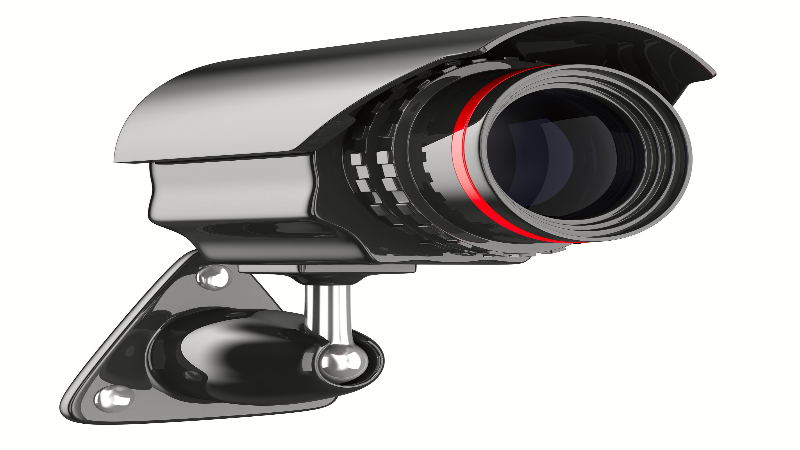As building regulations across the United States continue to evolve, ensuring occupant safety during emergencies has become a top priority. In response to increased occupancy, larger structures, and heightened public safety awareness, emergency exit devices—often referred to as panic bars or crash bars—have become essential components of compliant commercial, institutional, and public buildings.
Facility managers, architects, and building owners routinely search for Emergency Exit Devices as part of safety upgrades or new construction projects. These devices are not just compliance tools—they are life-saving assets that support efficient evacuation during critical moments.
What Are Emergency Exit Devices?
Emergency exit devices are door mechanisms designed to allow fast, intuitive egress. Installed on the interior side of exit doors, they release the latch when pressed, enabling occupants to exit with minimal effort—an essential feature during high-stress emergencies such as fires, earthquakes, or lockdown scenarios.
The National Fire Protection Association (NFPA) and the International Building Code (IBC) both mandate the use of panic hardware for specific occupancy types, including:
- Assembly areas (e.g., theaters, stadiums)
- Educational institutions
- High-traffic retail and commercial spaces
These mandates reflect the importance of ensuring unobstructed, accessible exits during emergencies.
Key Safety Features and Compliance Standards
Modern emergency exit devices are built to meet both regulatory and practical performance standards. Common features include:
- Fail-Safe Functionality: Operates even when connected security hardware fails or loses power.
- Alarm Capabilities: Integrated alarms notify staff or deter unauthorized use of emergency exits.
- ADA Compliance: Devices are designed for use by individuals with disabilities, ensuring accessibility for all.
- Durability: Made from heavy-duty materials to endure daily use, tampering, and harsh environmental conditions.
To ensure reliability, products must comply with ANSI/BHMA A156.3 standards and be tested for mechanical performance and safety.
Building a Culture of Emergency Preparedness
Installing exit devices is just one part of an effective life safety plan. Regular maintenance and preparedness training are equally important for ensuring ongoing protection. Best practices include:
1. Routine Inspections: Check for wear, misalignment, or mechanical failure.
2. Staff Training: Educate employees on emergency exit procedures and proper device use.
3. Clear Egress Paths: Keep exit routes unobstructed at all times to ensure accessibility and compliance.
These proactive steps help avoid violations, reduce liability, and provide confidence that systems will perform when needed most.
The Broader Impact on U.S. Building Safety
The integration of emergency exit devices has significantly improved building evacuation procedures in the U.S. Their inclusion in fire and building codes reflects a national commitment to protecting lives during unexpected events.
Today, these devices are foundational to safety-focused design, making them a standard across industries—from schools and offices to healthcare and hospitality.
Emergency exit devices play a critical role in elevating building safety standards across the United States. They represent more than code compliance—they are vital investments in occupant protection, operational reliability, and emergency readiness.
By understanding their purpose, choosing certified products, and maintaining them regularly, building professionals can ensure safe, efficient evacuation—and save lives when every second counts.


